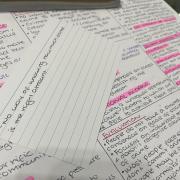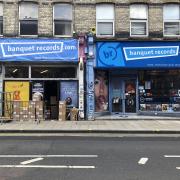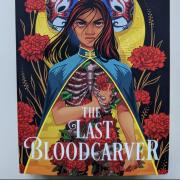
Queer coding is the subtextual coding of a character in the media as queer. Although the character’s sexual identity is never explicitly confirmed, they code a character as queer through stereotypes recognisable to the audience. They do this by giving female villains masculine features and giving male villains feminine features. For example, Captain Hook gets easily scared, is very expressive when he speaks, has a high-pitched voice, wears makeup, wears looser clothing, and is preoccupied with his looks. Queer coding started in the 1950s as films were not allowed to portray perverse subjects such as homosexuality, which meant films started to create non-explicitly queer characters. Disney, however, has been critiqued for only queer coding the villains of their stories, such as Scar, Ursula, and Jafar, whereas no heroes or heroines have been queer coded. This gives children a psychological association in their mind which associates queer with evil and villains, reinforcing the misconception that it is a ‘sin’ and/or immoral to be gay.
Although queer coding is more commonly seen in the male villains, the most obviously queer-coded female villain is Ursula from The Little Mermaid. Ursula is actually based on a real drag queen called Divine, who was a known face in the LGTBQ+ community at the time. Ursula’s high, pointy eyebrows and overly dramatic makeup resemble those associated with drag queens; even her behaviour is overly sexualized and she has a low-pitched, husky voice. This completely contrasts Ariel, who is sweet and wholesome and only shows feminine traits, such as long eyelashes, long hair, a beautiful voice, and a slim yet curvy body.
Queer coding is damaging and can easily be fixed – Villains can still be portrayed as evil without having underlying queer characteristics. For example, Lady Tremaine, who is Cinderella’s evil stepmother, is the villain of the story yet she comes across as heterosexual, showing that queer coding is unnecessary and should be avoided completely.



























